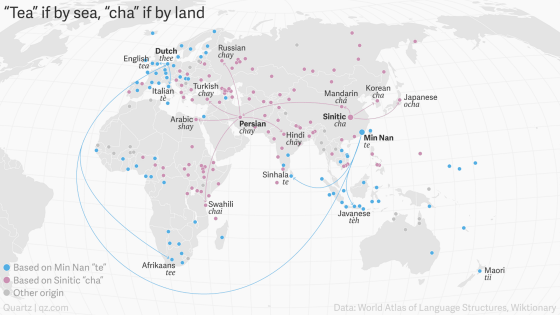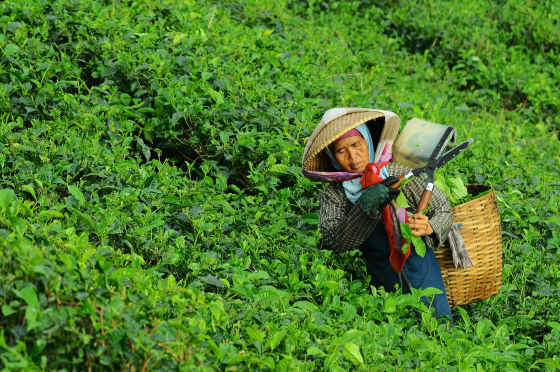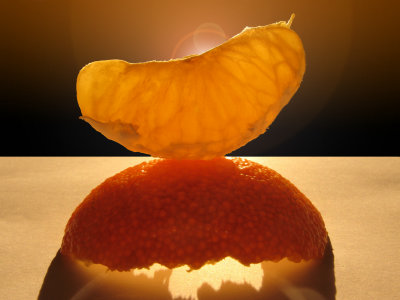When tea crosses the sea it becomes "tea" and when crossing the continent it becomes "cha"
There are roughly two ways to call tea, one is "tea" represented by English "tea" and Spanish "té". And the other is called "Cha" typified by Japanese "tea" and Indian "chay". Both Tea and Cha have their etymology in China. And if you look at how the world of tea calls spread, you can see how globalization before the word "globalization" spread is occurring.
History of the word "tea": How the word "tea" spread over land and sea - Quartz
https://qz.com/1176962/map-how-the-word-tea-spread-over-land-and-sea-to-conquer-the-world/
The following image shows how tea and tea calling methods are widespread. You can see that light blue tea, purple shows tea, tea crossed the sea, and tea was transmitted over the land via the Silk Road.

Tea and tea originallySina languageIn the words, it originated from China, spreading to Central Asia, finally being transmitted to Persia in the word "chai". There is evidence that tea trade has been done for more than 2000 years in recent research, and there seems to be no mistake that the word tea has been transmitted through Silk Road. And beyond Persia, tea will be called chay in the Urdu region, shay in the Arabic-speaking region, chay in the Russian-speaking region, and chai in the Swahili-speaking region. In Japan and South Korea, because it does not pass the word "Chai" of Persia, it is said that it is called "China" based "China."
However, "Tee" pronounced in English is completely different from "Cha". Then, where is the word "tea" comes from, the hint was in Fujian Province. In Fujian Province, "tea" was pronounced as "te" and its pronunciation was transferred from Fujian Province, which was replaced as a trading city, to Europe via the Netherlands.

byAlison Marras
In the 17th century the Netherlands flourished as a trading dealer connecting Europe and Asia and the major ports in East Asia were in Fujian Province and Taiwan. In each city "tea" is pronounced as "tea".
And interestingly, Portuguese dots are purple, not blue, to pronounce "Cha". Portugal had trade before the Netherlands started trade with East Asia, but Macao was the main port. In Macao, there was a way called "Cha", so in Portugal tea is pronounced as "Cha".
In addition, tea was not transmitted from China, and in the place where nature and tea was born in that land, the tea and tea are called differently, for example in Burmese it is called "lakphak".

byDanurwendho Adyakusuma
Related Posts:
in Food, Posted by darkhorse_log








